
Featuring more than twenty artworks on view now at Ippodo Gallery, the emerging master of the special blue Bizen—among many other styles of the classic Japanese ceramic school—answered four questions about his inspriations and creative approach to making chawan (tea bowls).

Hiroshi Goseki is a contemporary Bizen artist working in Ibaraki Prefecture. Honoring the traditions of one of 'Japan's six great kilns,' Goseki sources his clay from the Bizen region out west, and his work is rich with characteristics of the technique, including non-stop fourteen-day firing periods. A student of a Living National Treasure, Goseki has developed a strong voice of his own, mastering the blue kiln-effect (yōhen) and unglazed decorations that are the emblems of Bizen.
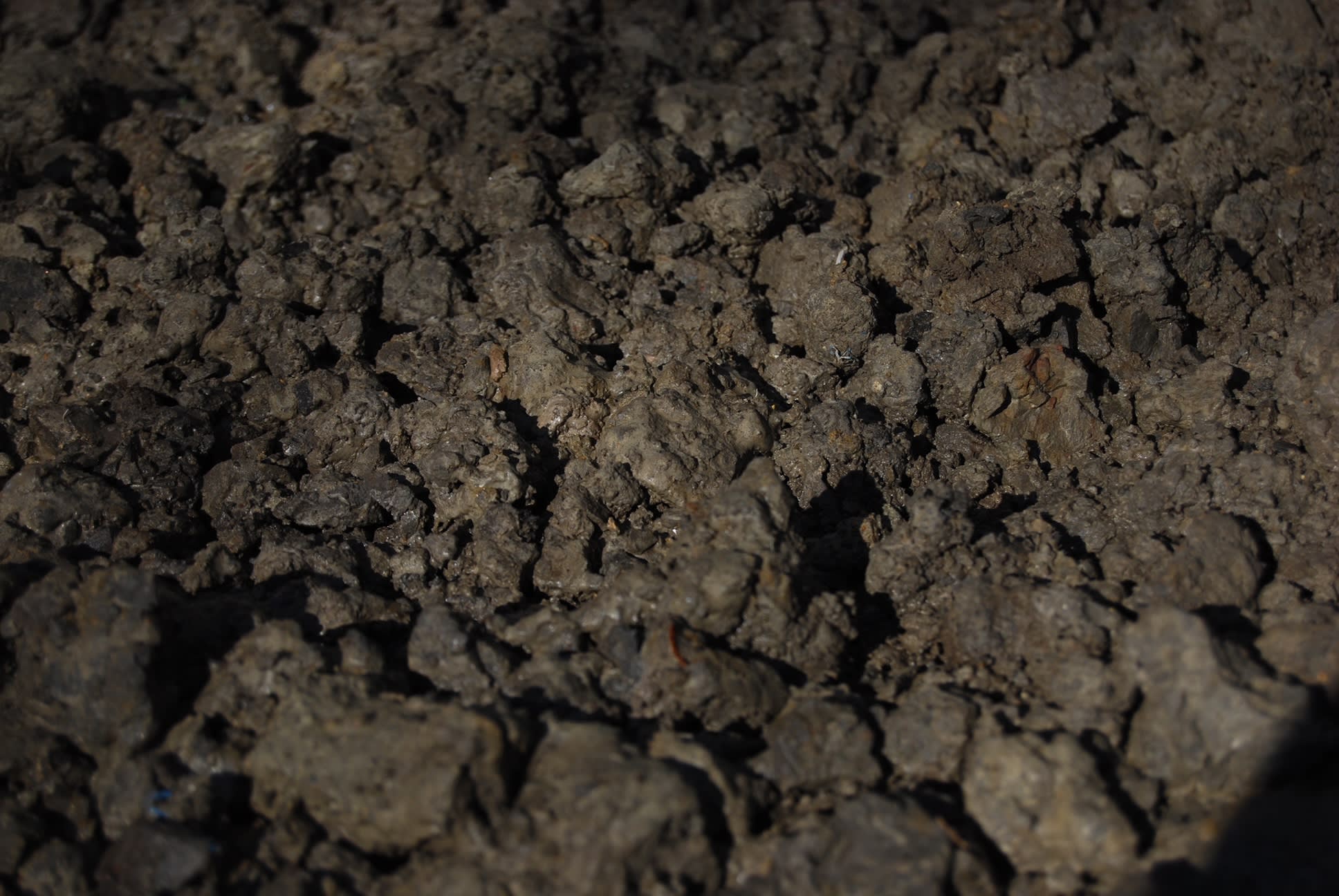
Hiroshi Goseki sources clay from the Bizen region in Okayama Prefecture.

The artist's sculpting tools.
Question 1:
Do you practice tea in daily life? Please share your chanoyu routine, or a beloved memory of chanoyu.
Goseki:
As a trainee, I had the opportunity to use a Koetsu tea bowl at the tea ceremony hosted by Mr. Hayashiya. I felt a distinctly different and special atmosphere from the teacup, which I had never felt in museums before. From this experience, I strongly believe the fascination with matcha and tea bowls is tied to the teahouse setting. Throughout the monthly session, I fulfill the role of a host and gain valuable insights.
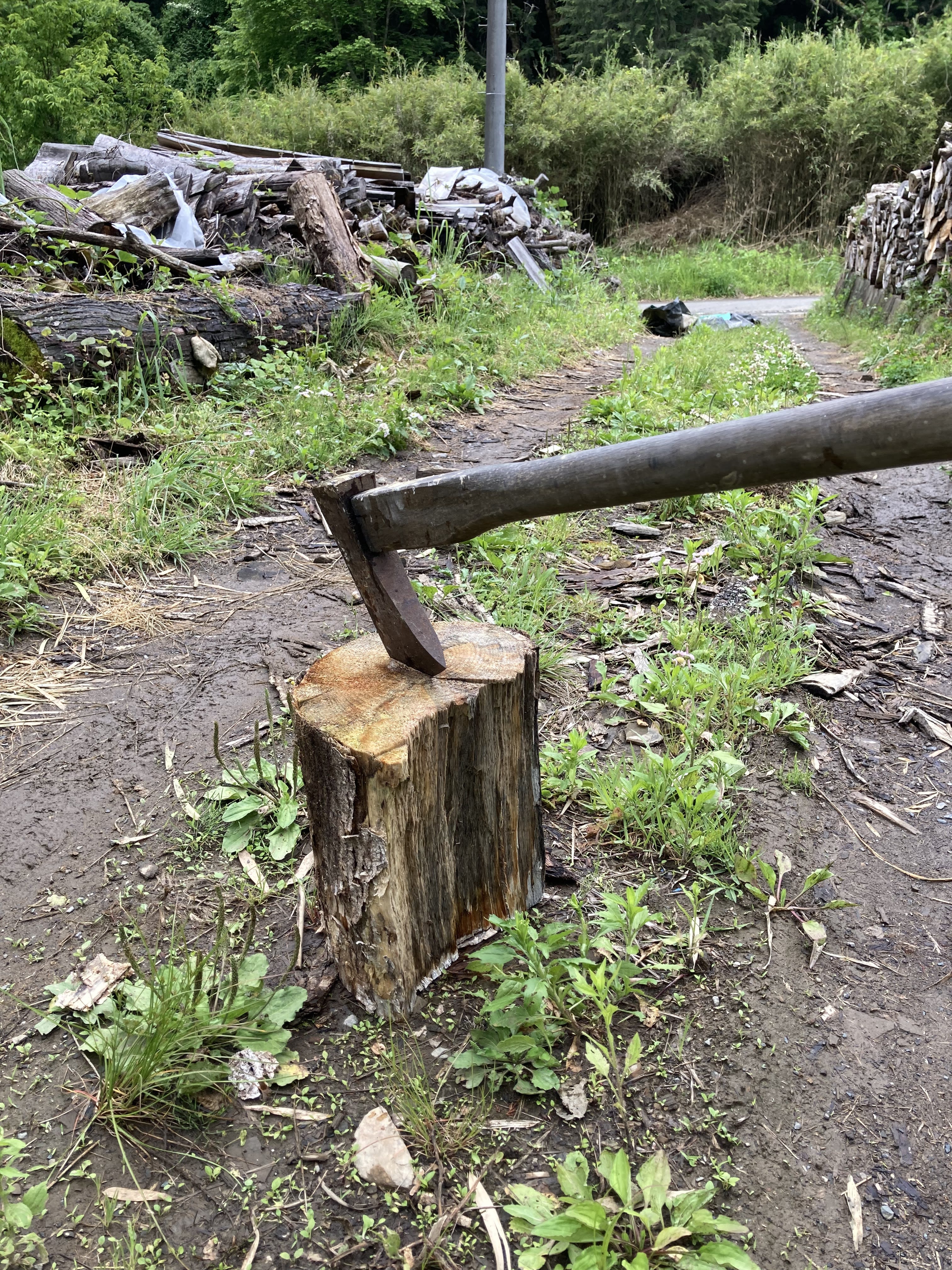
Wood chopping block for kiln fuel.
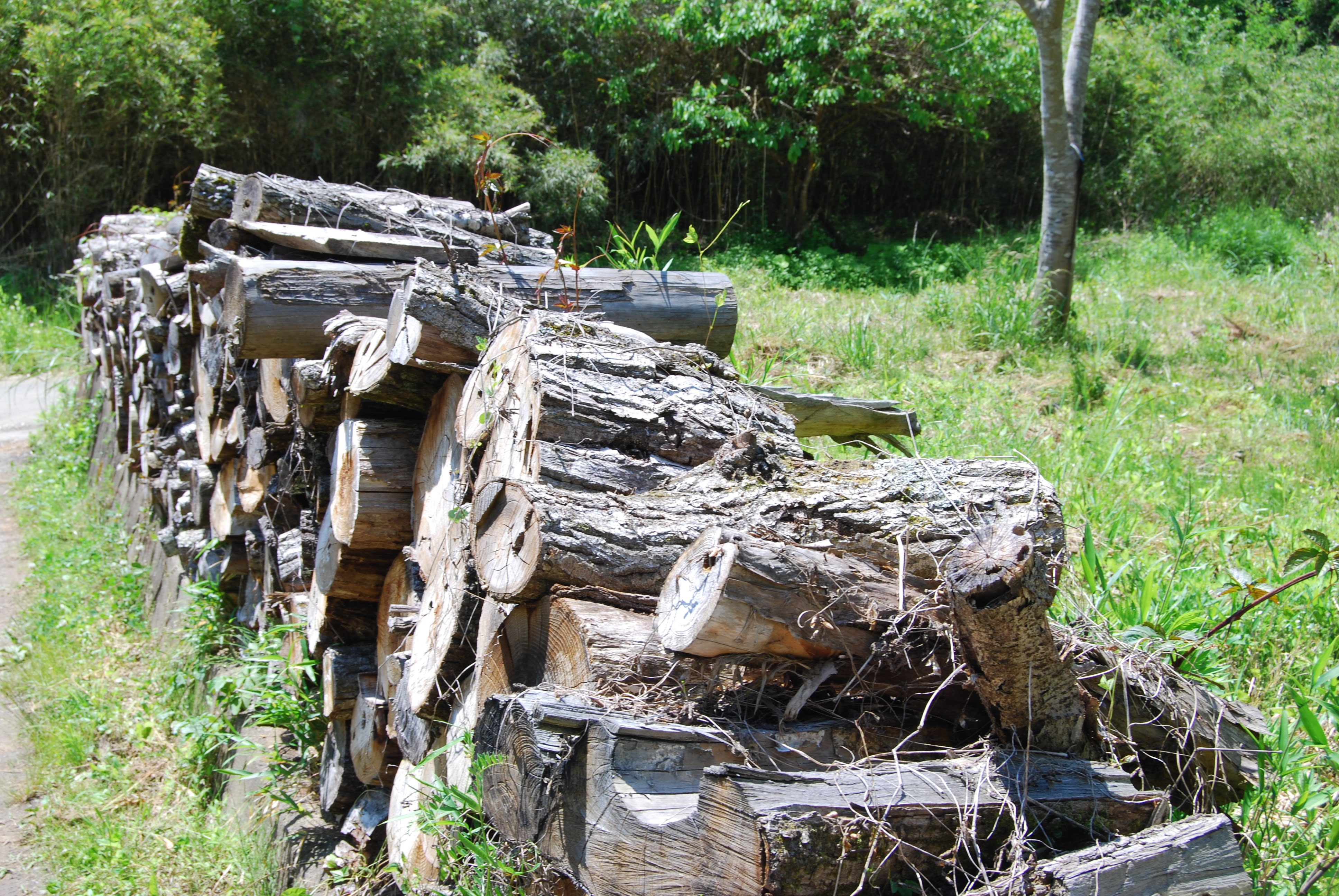
Hand-cut logs for kiln fuel.
Q2:
Please describe the influences that inspire your work.
Goseki:
I often find my inspiration in the tearoom. Additionally, I am influenced by non-pottery artists, my past work, and the beauty of nature in the neighborhood. These elements intertwine to nourish my creative process.

Hiroshi Goseki's kiln.

Kiln interior view.
Q3:
Please describe the qualities do you most treasure in a tea bowl—be that shape, color, texture, or history, style, and type of clay?
Goseki:
The shape of the chawan plays a role as this choice directly affects its mood. In particular, my creations aim to be simple and full of inherent variable possibilities. Forming and firing give a completely different impression for each bowl. I always find the firing process fascinating, exceeding my imagination, for better or worse.
Tea bowls give me the challenge to create but also save me in difficult periods of time.
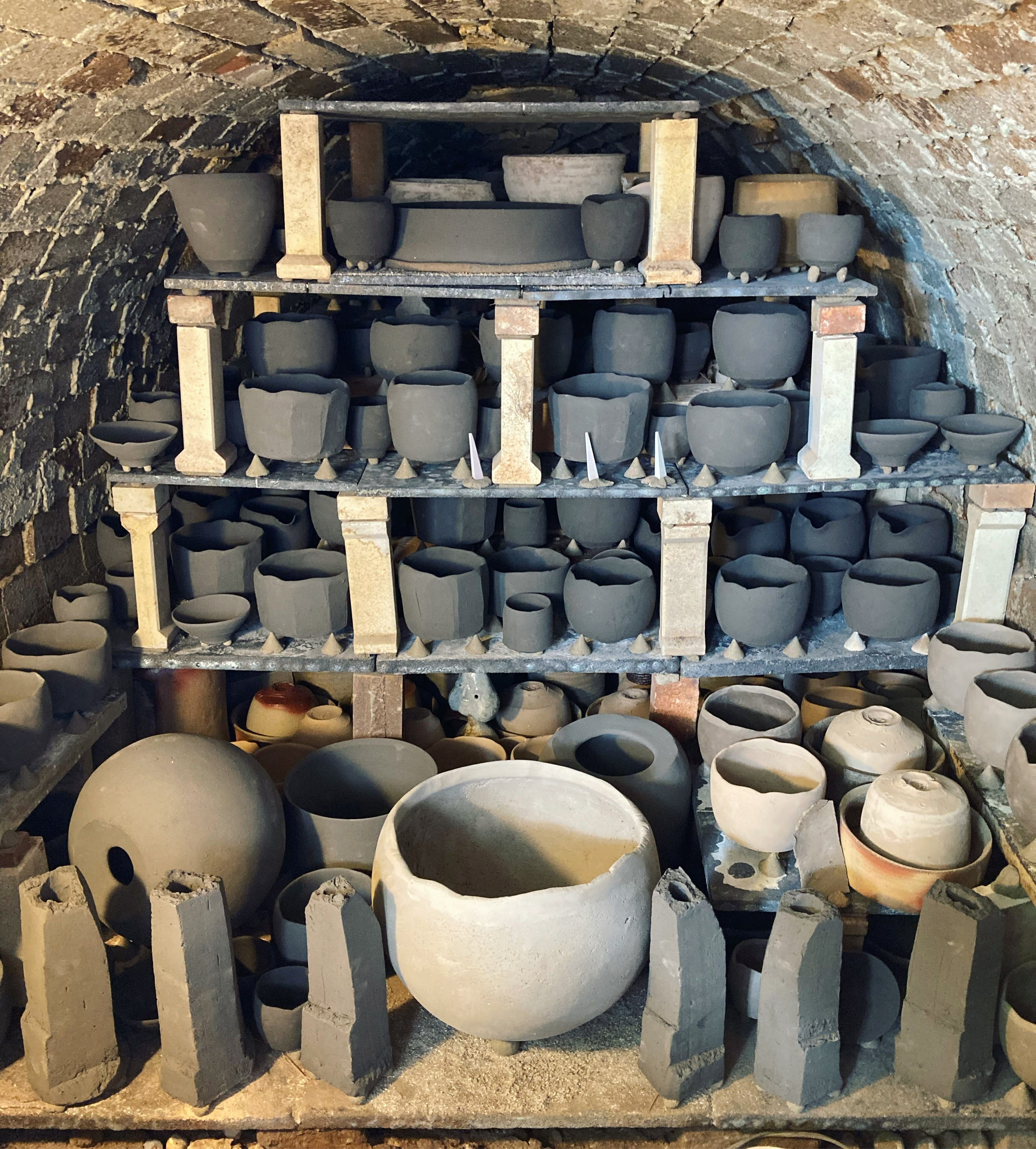
Preparing the start of kiln-firing.
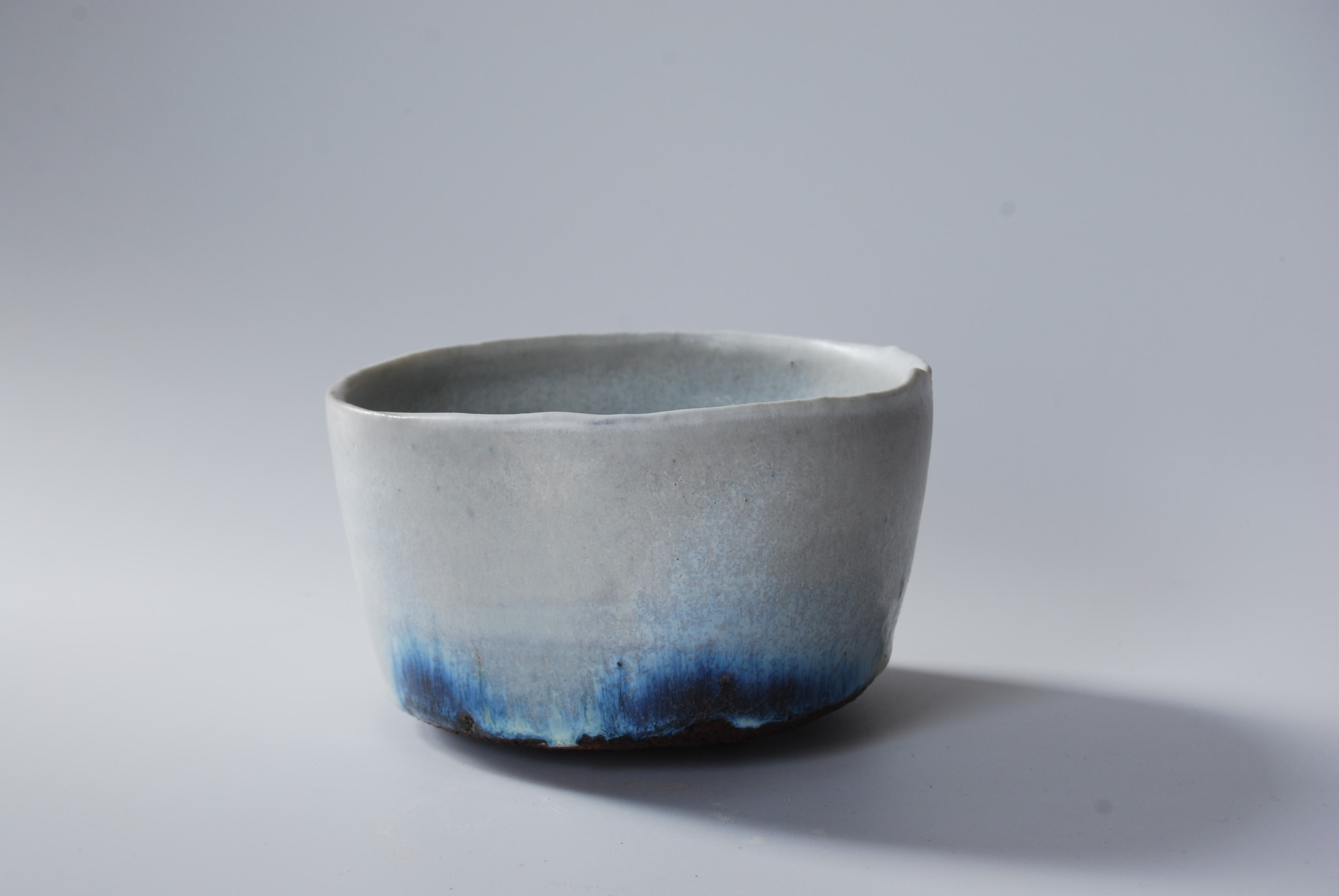
Q4:
Please share with us how you prepare to make a new piece; how do you decide on the materials and direction for the idea?
Goseki:
My preparation begins with clay materials and cultivating a mindful intention. The whole craft process is simple but extremely tiring, so to be honest, I prefer not to make tea bowls regularly. Truly, I never succeed in forming a perfect shape when I begin.
Ideally, I concentrate on making them when I am excited about creating a tea bowl. If I motivate myself successfully, I naturally enjoy making them.
Perhaps I may need to be more mature to improve my concentration management.

Hiroshi Goseki serving tea in his own chawan.
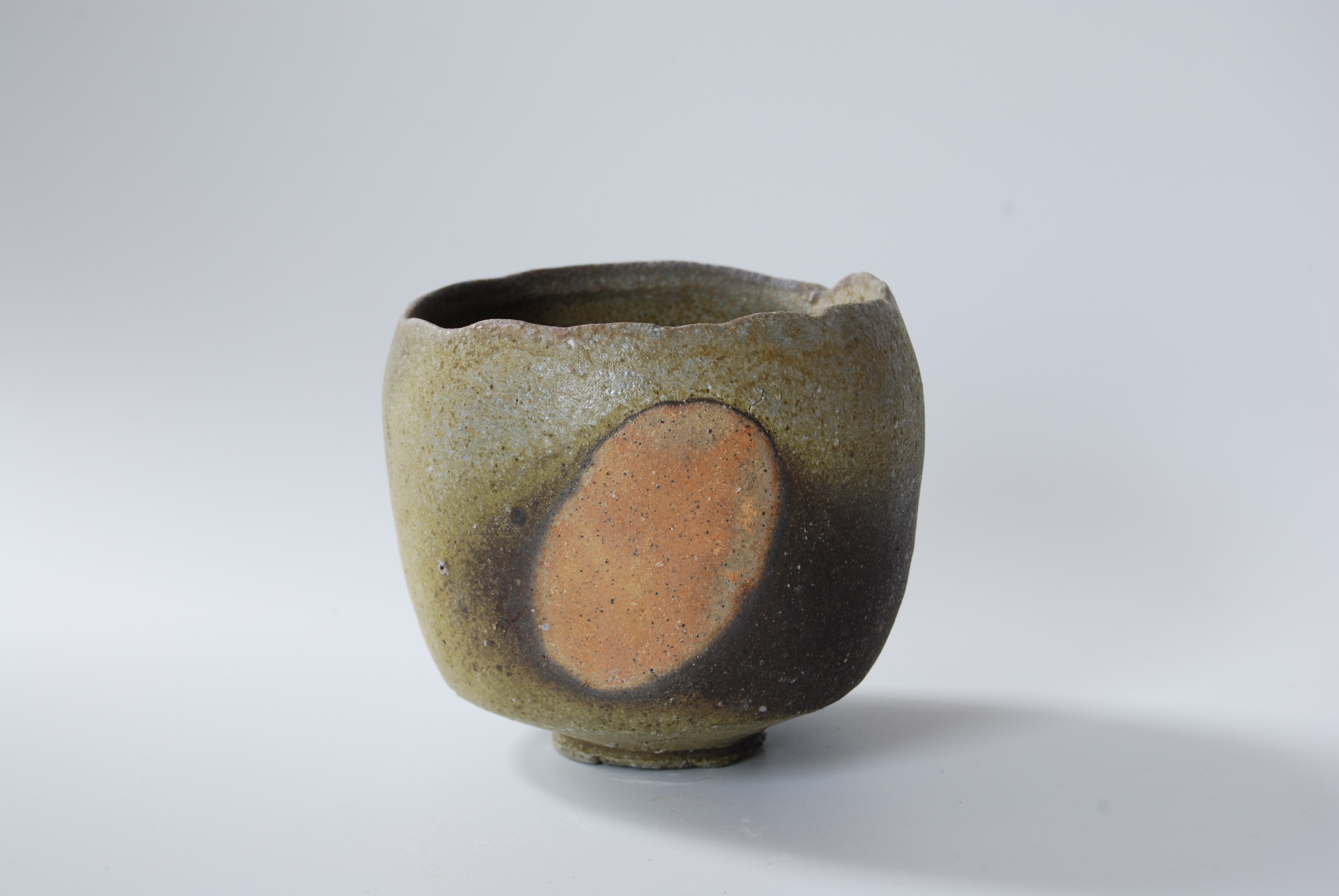
Experience the natural quality of Bizen, such as the spontaneous ash glaze induced by the rigorous and sustained kiln firing and the powerful shadows created by placing multiple works in close proximity to one another. These elements evoke an organic purity, generating an rustic and elegantly minimalistc atmosphere. Visit Magic of the Tea Bowl (vol. III) now to witness for yourself the product of Goseki's immense and sincere efforts!
